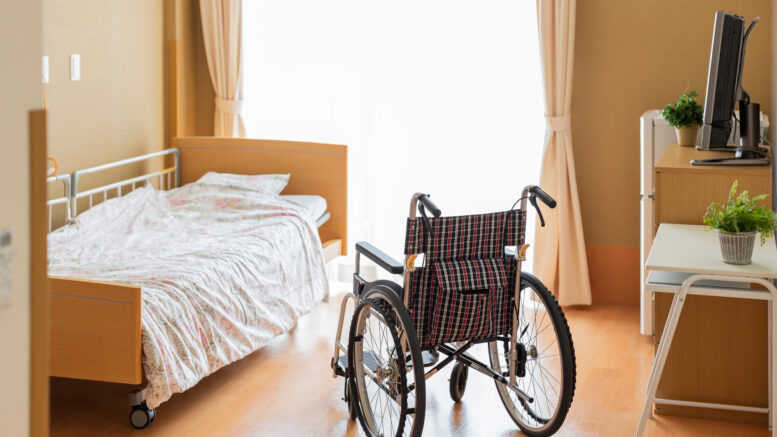Even though most COVID-19 cases come from exposure to airborne coronavirus, a new study points to the importance of surfaces as a reservoir of risk in nursing homes -- especially certain objects close to the beds of patients who have COVID-19.
The study finds that 90% of current COVID patients’ rooms had detectable coronavirus on at least one surface, and that the virus was still detectable days later on certain surfaces, especially TV remote controls and nurse call buttons.
In all, 28% of the more than 2,000 samples taken from inside and near the rooms of 104 COVID patients turned up positive for coronavirus RNA. The researchers did not test to see if the viruses on the swabs were capable of causing an infection but it can help identify surfaces that need cleaning and inform infection prevention policies.
Reassuringly, the study also finds that the virus was rare or not detectable on surfaces outside the COVID patients’ rooms – probably reflecting the aggressive infection prevention protocols in COVID units. The study was conducted by University of Michigan researchers in four Michigan nursing homes between October 2020 and January 2021 when the state had a prolonged surge of cases.
“These data show that coronavirus is ubiquitous and persistent in the rooms of nursing home residents with COVID-19, and highlight the ongoing importance of rigorous cleaning and protection of staff and visitors,” said Lona Mody, MD, MSc, the study’s first author and leader of nursing home infection prevention research at Michigan Medicine’s Department of Internal Medicine, Division of Geriatric and Palliative Medicine as well as VA Ann Arbor Healthcare System.
She worked with Emily Martin, PhD, of the U-M School of Public Health, and members of their teams and the staff of the four nursing homes to conduct the study.
One-third of the people in the United States who have died from COVID-19 have been nursing home residents, mainly in the early months of the pandemic.
Now, despite high rates of vaccination among nursing home residents, and growing vaccination among nursing home staff, the risk to unvaccinated patients, staff and visitors, and the risk of breakthrough cases among chronically ill, recently hospitalized and frail elderly residents, is still significant.
All of the patients had been diagnosed with COVID in the past two weeks and were staying in dedicated COVID units to keep them away from other nursing home residents. Nearly one in four had been in the hospital in the past month.
More than half of the patients had dementia, and most needed extensive help with bathing, dressing and eating. Half of the patients were short-stay residents of the nursing home, and by February nearly a third of the sample had gone home.
The more independently the patients could move or function, the higher the chance that surfaces such as bed and TV remote controls, nurse call buttons, windowsills and doorknobs had persistent coronavirus present. Very few positive swabs turned up in the sitting areas, nurses’ stations and elevator buttons nearest the COVID units.
The study was funded by the National Institute on Aging.
Reference: Environmental contamination with SARS-CoV-2 in nursing homes, Journal of the American Geriatrics Society, https://agsjournals.onlinelibrary.wiley.com/doi/10.1111/jgs.17531
Source: Michigan Medicine - University of Michigan
